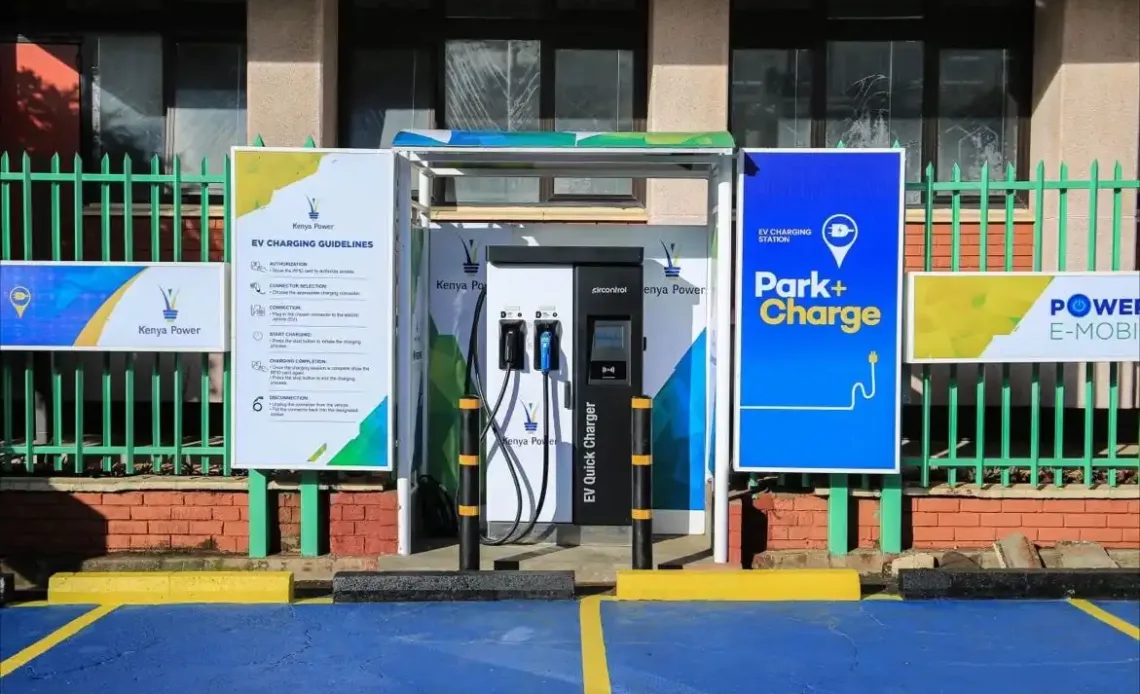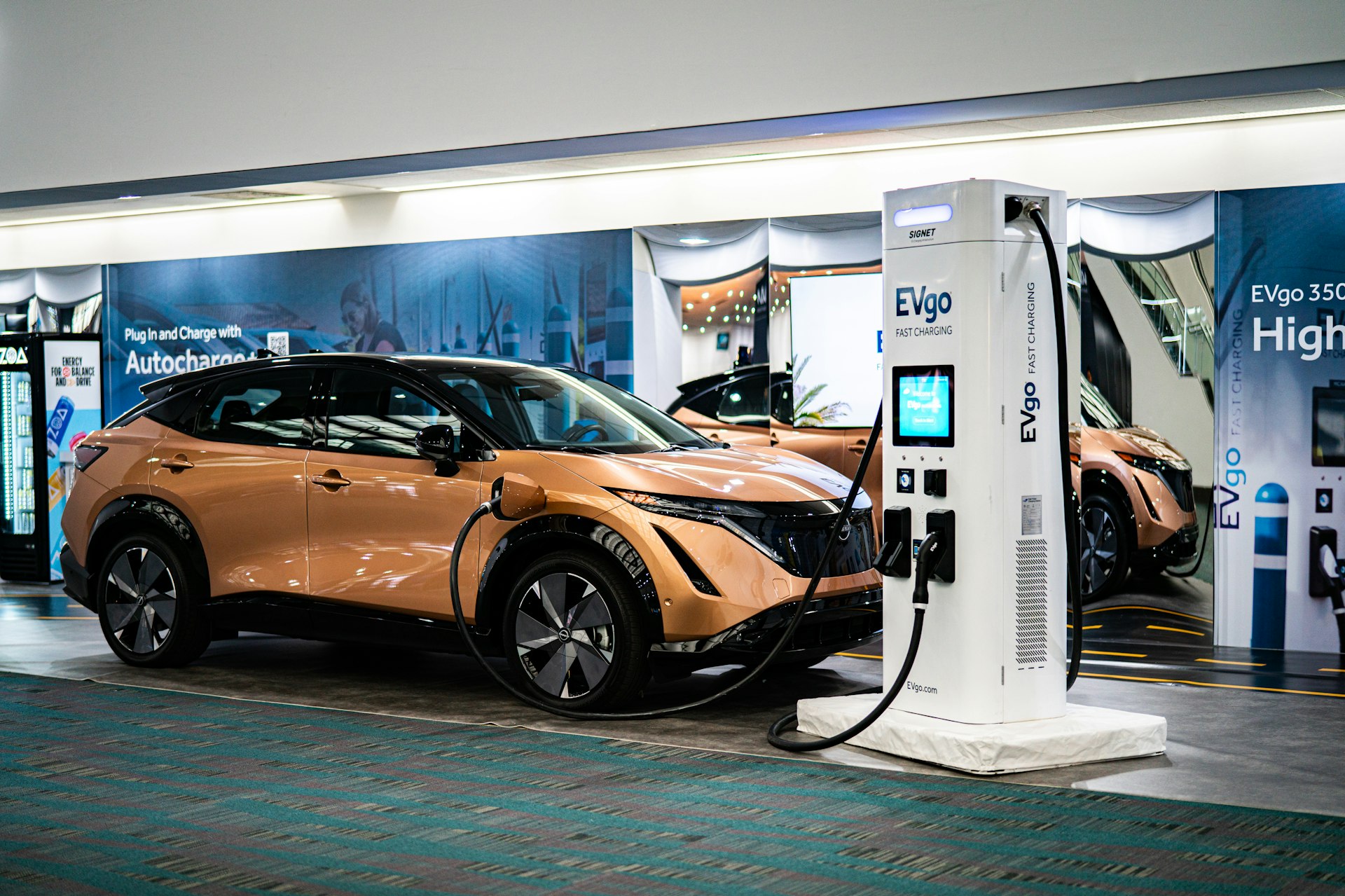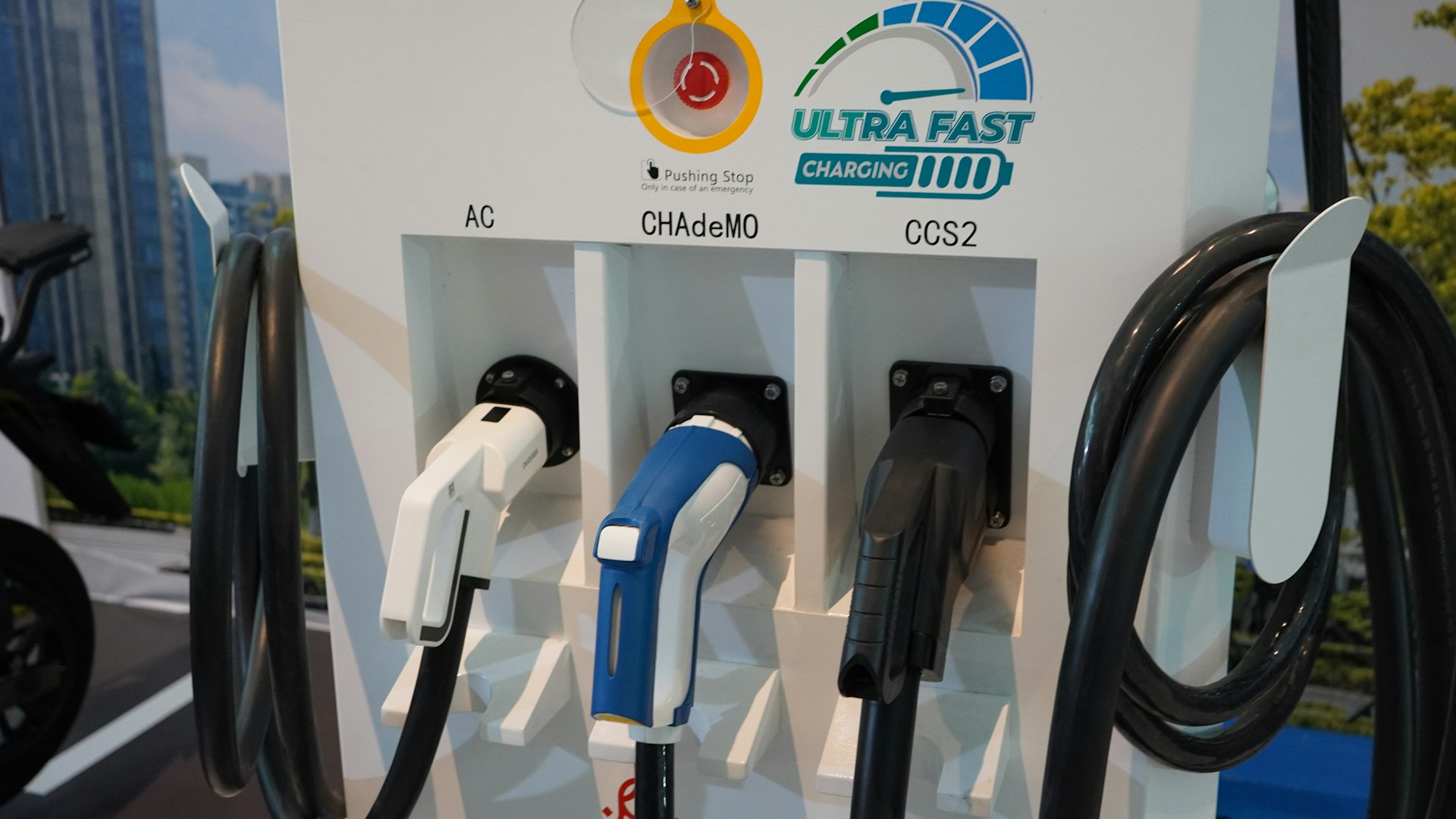Kenya is stepping up in a big way toward cleaner transport. The government has unveiled an ambitious programme: spending about US$47.26 million (≈ KSh 6.12 billion) to build 10,000 electric vehicle (EV) charging stations across the country.
 Image by TechArena
Image by TechArena
What’s the Plan?
The rollout of the 10,000 chargers will happen in three phases, targeting different types of towns and roads:
| Phase | Where (which towns / roads) | Estimated Cost |
| Phase 1 | 17 towns along the Mombasa–Busia highway corridor (busy highway connecting the coast to the interior) | ~$9.16 million (KSh 1.18 billion) |
| Phase 2 | 23 additional towns & roads linked to that corridor (expanding reach from the highway into more places) | ~$13.9 million (KSh 1.8 billion) |
| Phase 3 | Satellite towns and county headquarters not covered by earlier phases (more remote/local centers) | ~$24.2 million (KSh 3.13 billion) |
All of this is part of Kenya’s National Energy Compact 2025–2030, a policy plan from the Ministry of Energy & Petroleum. The funding is coming from the government.
Why Now? What’s Driving the Push
Several things are pushing Kenya in this direction:
-
Growing EV Numbers
By the end of 2024, Kenya had about 5,294 registered EVs, up from 3,753 a year before. That’s about a 41% increase. -
High Costs of Fuel + Environmental Concerns
Fuel prices, air pollution, and climate change, all make EVs more appealing. Also, Kenya is introducing policies to make EV ownership cheaper: special electricity tariffs for EVs, lowering excise duty, and even VAT exemptions for fully electric cars. -
Infrastructure Gaps
One of the big obstacles for people buying EVs is “range anxiety” — the fear of running out of charge with nowhere to top up. Outside Nairobi and a few big towns, charging stations are few and far between. This plan aims to change that. -
Electricity Use is Rising for EVs
The electricity consumed by EVs jumped a lot by hundreds of percent over recent years. That means more demand for charging infrastructure and for power systems to handle it.

What It Means: Benefits & Challenges
Here are what Kenya stands to gain, and what might make the ride bumpy.
Potential Benefits
- Better Coverage: Roadside chargers along major highways will make long-distance travel by EV more feasible. Towns off the main routes will also be included eventually.
- Cleaner Environment: Less reliance on fuel means lower emissions, better air quality, and progress toward Kenya’s climate commitments.
- Lower Running Costs: Charging tends to be cheaper than petrol/diesel (especially with special tariffs), less maintenance, etc. Over time EVs may be more cost-efficient for drivers.
- New Economic Opportunities: Building and maintaining charging stations means jobs, possibly local manufacturing or assembly of components, investment in the power grid, and stimulated rural economies.
- Energy Security & Innovation: Kenya can harness more of its renewable energy sources (solar, hydro, wind) for EV charging, which is more sustainable.
Main Challenges
- Cost and Funding: Even though the government is funding this, ensuring that the money is used efficiently (good sites, good equipment, maintenance) is not trivial.
- Power Supply & Grid Strength: Charging stations, especially fast chargers, require reliable electricity. In many parts of the country, power outages or weak grid infrastructure could be a problem.
- Geographical Challenges: Remote areas might have harder terrain, lower population density, and less traffic, making stations less profitable or more expensive to maintain.
- Consumer Behavior & Awareness: People need to trust EVs, know how to charge, how long it takes, and think the cost of EV vs fuel makes sense. Also, mechanics need to be trained, and spare parts need to be available.
- Policy Implementation & Regulation: It’s one thing to have good policies and another to enforce them, ensure standards (safety, signage, charging protocols), and ensure equitable access.
What’s Already Happening
This plan doesn’t exist in isolation. There are other ongoing moves:
- Kenya Power (the national utility) is installing about 45 EV charging stations across six counties (including Nairobi, Nakuru, Kisumu, Eldoret, Mombasa, Taita-Taveta) over a 1-year period.
- Special electricity tariffs for EVs have been introduced to make charging off-peak cheaper. Excise duty on EVs lowered, and VAT exemption for fully electric cars.
- EV registrations are growing fast—motorcycles, tuk-tuks (3-wheelers), cars, even buses.
Looking Forward: What to Watch
Here are a few things to keep an eye on, to see whether this project really delivers:
- Pace of Implementation: How quickly each phase progresses; delays could slow down adoption.
- Quality of Infrastructure: Are chargers durable? Fast vs slow chargers? How well serviced?
- Electric Grid Readiness: Will electricity supply and transmission be reliable in those areas? Will renewable energy play a role?
- Usage & Pricing: Will people use the chargers? Are prices for charging competitive vs fuel cost? Are tariffs fair?
- Private Sector Participation: Although the project is government-funded, private companies will likely be involved in running stations, maintaining equipment, supplying vehicles, etc. How well will those partnerships work?
- Environmental & Social Impact: Ensuring that the deployment doesn’t just favor urban or richer users; making stations accessible; ensuring batteries are disposed properly; ensuring equity.

The Big Picture
Kenya’s plan is much more than just adding plugs to the wall. It’s about transforming how people move, how the country uses energy, and how Kenya positions itself in a changing global world. If successful:
- Kenya could become a regional leader in EV adoption in Africa.
- The transportation sector’s emissions could be significantly lowered, helping fight climate change.
- Ordinary people could spend less money on fuel, get faster, cleaner transport.
- New economic sectors could emerge: EV maintenance, charging infrastructure, component supply, even battery assembly.